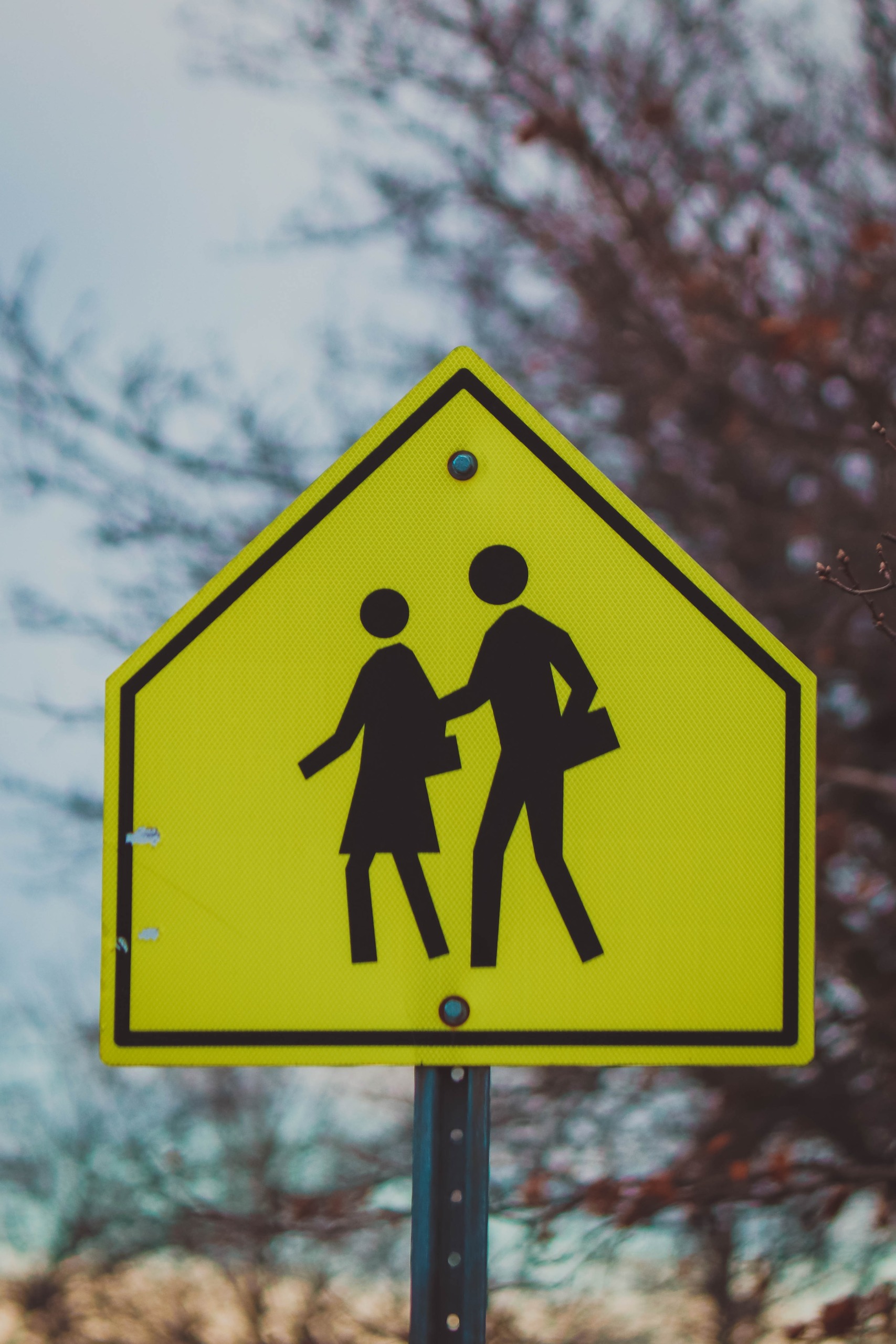When it’s time to go back to school, parents and children both can get pretty excited. For parents, it means a little more free time and flexibility in their schedule, while for the kids, it means getting to see their school friends again — and maybe learning a thing or two!
In all the excitement, it’s important not to forget safety, especially when it comes to dropping your kids off at school. With that in mind, we’ve put together a handy back-to-school guide with some reliable safety tips for drivers and children this year.
Back to School Tips for Drivers and Parents
Whether you’re a parent dropping your kid off at school, or just a regular driver passing through a school zone, there are a few safety tips you should keep in mind, including:
- Drive cautiously through school zones. Take things slowly. Most speed limits in school zones will be 25 miles per hour, but it can be a great idea to go under that a little bit. For the most part, your foot should be on the brake pedal, ready to respond to anything that might require a sudden stop or slow down.
- Keep scanning. One benefit of driving slow enough is you’ll have more freedom to look about yourself and keep your eyes peeled for a child that might be running into the street or stepping out from behind a car.
- Avoid distractions. Place your phone somewhere where you won’t be distracted as you’re driving through a school zone — because children can emerge suddenly from behind cars and side streets you may not have noticed, your eyes should always be on the road.
Tips for Driving in the School Zone Area
As we’ve seen, driving with extra caution and even slower than the speed limit can help keep everyone in a school zone safe. We’ve brought together some additional tips for driving in the school zone area below:
- Yield to the crossing guard. School zones often have crossing guards directing traffic. Be sure to follow their directions and stay aware of your surroundings.
- Avoid blocking crosswalks. If you block a crosswalk, you can force people to walk around your car and potentially into oncoming traffic, a major danger in a school zone.
- Always use the designated drop-off and pick-up zone. Don’t pick up children across the street from the school — only in the designated pick-up zone of the school parking lot. If you’re having trouble finding parking, take advantage of a parking app like ParkMobile.
- Never double park. It’s really as simple as that. Don’t double park because it can block visibility for children and other vehicles.
- Back up with care. If you must reverse your vehicle, go as slowly as possible and continuously scan around your vehicle for any children who might be in the area.
- Note any nearby bicycles. Many children ride their bikes to and from school, so keep an eye out for any nearby bicycles — they can pop up suddenly into your field of vision.
Look Out for School Buses
Whenever you’re driving anywhere, but especially when you’re in or approaching a school zone, you should keep your eyes peeled for school buses. If you do encounter one, here are a few things to keep in mind:
- Always yield to a school bus. When a school bus has come to a complete stop in the road, you should never attempt to pass it. Slow down and come to a stop behind the bus and wait for it to begin moving. Even if you’re driving on the other side of the road, it’s still a good idea to slow down and come to a stop.
- Pay attention to flashing lights. If a school bus is flashing yellow lights, it’s likely to make a stop soon or is already slowing down. If a school bus is flashing red lights, it’s at a complete stop and is preparing to pick up or drop off children.
- Give the bus some space. It’s generally recommended that your following distance for a bus should be longer than the following distance for a car — think three to four car lengths.
Safety Tips for Young Drivers
Teen drivers face several particular risks when hitting the road, which is why it’s a great idea to walk through some safety tips with your young driver and make sure they’re being as safe as possible. The CDC offers a great fact sheet on teen drivers that can be a useful starting point, and we’ve brought together a few important safety tips below.
- Familiarize yourself with your vehicle. Knowing the ins and outs of your vehicle can make driving itself much easier and will prepare you to respond appropriately to stressful situations or emergencies on the road.
- Avoid driving with friends. For teen drivers, friends in the car can be a major distraction, so it’s best to avoid this situation as much as possible, especially when you’re just starting out.
- Cut out distractions. While this is true for everyone, it’s especially important for young drivers. Put your phone away, keep that burrito in its wrapping, and focus on the road.
- Stay home at night. The numbers don’t lie – young drivers are much more likely to experience an accident while driving at night.
- Never drink and drive. Although it might be a no-brainer, it bears repeating: Driving under the influence of alcohol or drugs is a life-endangering behavior and should be absolutely avoided.
Safety Tips for Children and Pedestrians
No matter how your child is getting to school, there are several safety tips you can follow to make sure they get there safely and on time — and even if you’re just a pedestrian, it’s still great advice.
Walking to School Safely
If you’re walking to school, here are some common safety tips to follow:
- Always walk on the sidewalk if possible.
- Look both ways before crossing any street.
- Avoid using headphones or your phone while walking to school.
- If you can, walk to school in a group — this will make you more visible and decrease the likelihood of being approached by a stranger.
Safety Guide for Taking the School Bus
Taking the school bus to school is generally one of the safest ways to get there, but there are still a few things you can do to maximize your safety:
- Wear your seatbelt if your school bus has them.
- Always remain seated and facing forward while the bus is in motion.
- Be careful entering and exiting the bus, and take advantage of any supportive railing to avoid tripping or falling.
- Wait until the bus has reached a full stop before approaching it and boarding.
Biking to School Safety Tips
Biking to school is a fast and convenient way to get there, but make sure to follow these safety tips:
- Always ride on the right side of the road.
- Make sure to use hand signals when turning or crossing a street.
- Always wear a helmet that fits your head properly.
- If you’re riding with someone, make sure you ride in single file.

 Get it on Google Play
Get it on Google Play